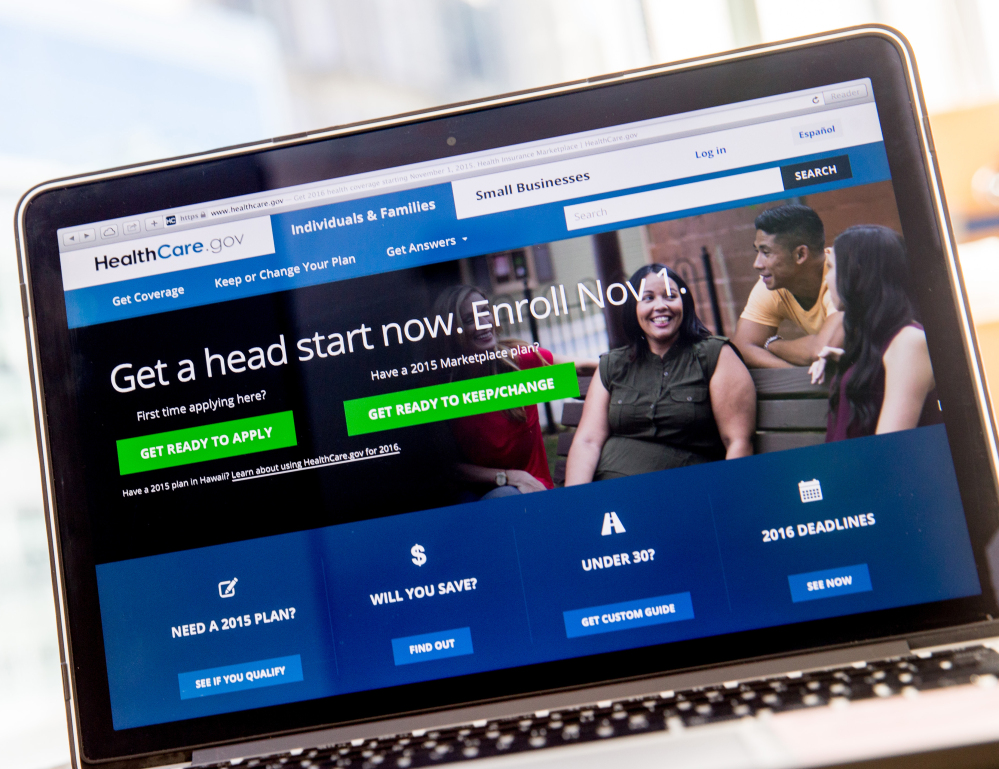WASHINGTON — The health care law’s historic gains in coverage may be leveling off: The Obama administration announced Thursday it expects only a slight overall increase in enrollment next year.
With the 2016 sign-up season two weeks away, Health and Human Services Secretary Sylvia M. Burwell set a target of 10 million people enrolled and paying their premiums by the end of next year. That’s about as many as are covered now through the law’s online markets for subsidized private health insurance.
Burwell said it’s getting harder to sign up the remaining uninsured. They tend to be young, managing very tight household budgets, and often unaware they can qualify for taxpayer-financed assistance with their premiums.
The administration’s new target is well below an estimate from congressional budget analysts of about 20 million covered in 2016. The huge difference quickly raised questions about whether advances in health insurance coverage under President Obama’s law may sputter or stall, leaving millions still uninsured.
“If enrollment plateaus, we may see growing discussion of whether the law is fulfilling expectations in covering the uninsured, and whether the subsidies for low- and middle-income people are sufficient to make coverage truly affordable,” said Larry Levitt with the nonpartisan Kaiser Family Foundation.
Burwell called the new goal “strong and realistic.” An aide said the congressional numbers are based in part on assumptions that haven’t panned out, about employers dropping job-based plans for their workers, and about people with their own private coverage switching to HealthCare.gov.
Republicans said lower expectations from the administration are evidence that “Obamacare” coverage is too expensive, made that way by federal requirements that add cost. Republicans want to repeal the Affordable Care Act, but haven’t spelled out details of how they’d replace it.
Obama’s law has reduced the share of uninsured Americans to about 9 percent through a combination of subsidized private insurance and a Medicaid expansion aimed at low-income adults. As documented by government studies and independent surveys, that’s a historic accomplishment. But things may be changing.
Premiums are expected to go up next year by a bigger amount than this year. Surveys show that among the 10.5 million remaining uninsured who are eligible, many are young adults, a demographic that traditionally has not put a high priority on having health insurance. Many are unfamiliar with insurance terms, and money is a problem.
Send questions/comments to the editors.



Success. Please wait for the page to reload. If the page does not reload within 5 seconds, please refresh the page.
Enter your email and password to access comments.
Hi, to comment on stories you must . This profile is in addition to your subscription and website login.
Already have a commenting profile? .
Invalid username/password.
Please check your email to confirm and complete your registration.
Only subscribers are eligible to post comments. Please subscribe or login first for digital access. Here’s why.
Use the form below to reset your password. When you've submitted your account email, we will send an email with a reset code.